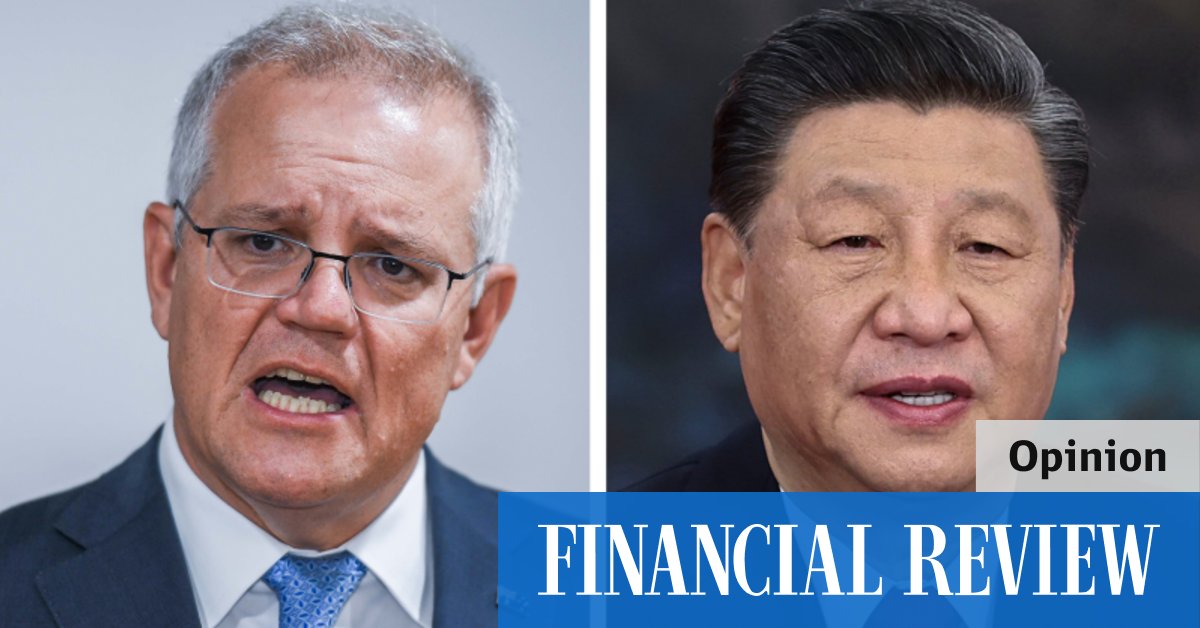China is also fueling the return of the raw material on which Australia’s prosperity has long rested before relying on trucks laden with iron ore. Recovering from the drought, the wool trade started by John Macarthur in the early 1800s is now booming thanks to starving Chinese woolen mills.
It is on this lasting economic complementarity that we must now rebuild a constructive political relationship.
Exports of wool and sheepskin rose 8% in the March quarter, as China lifted its quota on Australia’s duty-free imports by 5%.
China accounts for 90 percent of Australia’s wool exports, and Australia is its largest supplier, with 74 percent of the market share.
China’s big rebound from the pandemic is boosting Australia’s economic recovery, much like after the global financial crisis. As we report today, fears that China’s rebound might abate prompted the People’s Bank of China to cut by 50 basis points the ratio of liquidity that major Chinese banks must hold in reserve in order to boost consumer spending.
This in turn boosted Wall Street and commodity prices last Friday, followed by Australian miners and ASX stock prices on Monday.
China will not take phone calls from Australian politicians and diplomats. But the continued appetite for Australian iron ore and wool shows that Beijing’s economic coercion on our wine, beef, barley and coal exports cannot go this far without hurting China’s pandemic recovery. .
It also underscores the beneficial two-way trade dependency, with iron ore alone accounting for three-quarters of the total value of Australian exports to China.
Chinese hawks say this calls for diversification of Australian exports, as trade is militarized as part of the “diplomacy†of the Beijing Wolf Warriors. And China will also seek to reduce its dependence on Australian iron ore.
President Xi Jinping’s geopolitical ambitions risk encroaching on the trade ties that have helped modern China get richer and which have also made Australia richer. Yet just as Australia’s resource boom in the 1960s fueled the development of Japan and other East Asian countries, our raw materials continue to fuel the world’s third great industrialization in China. .
It is on this lasting economic complementarity that we must now rebuild a constructive political relationship in the interest of the two nations.

